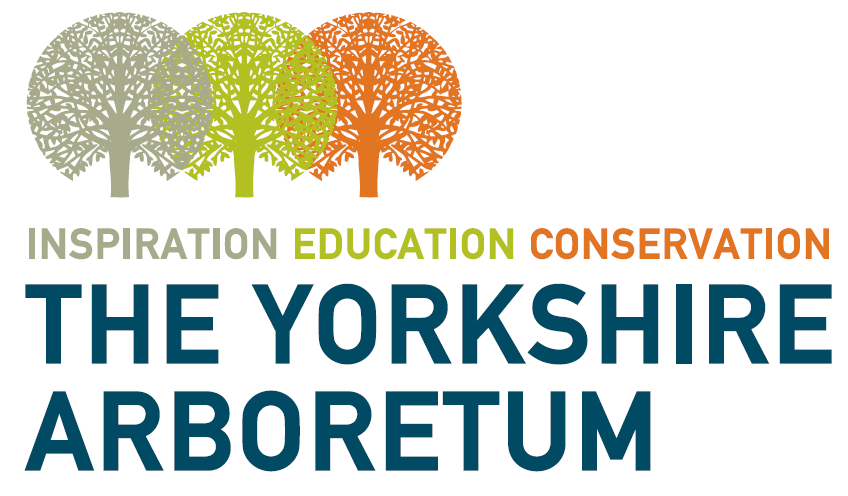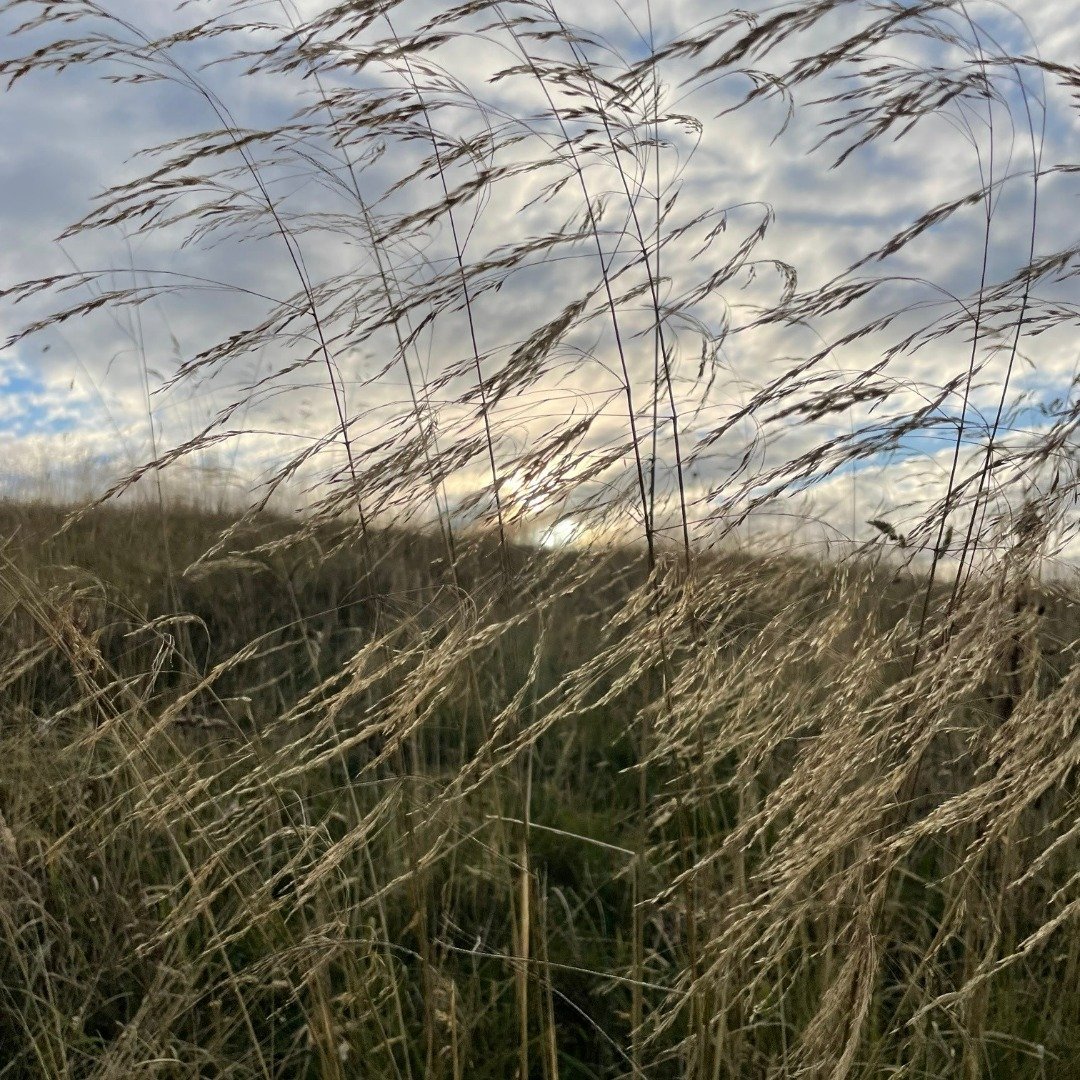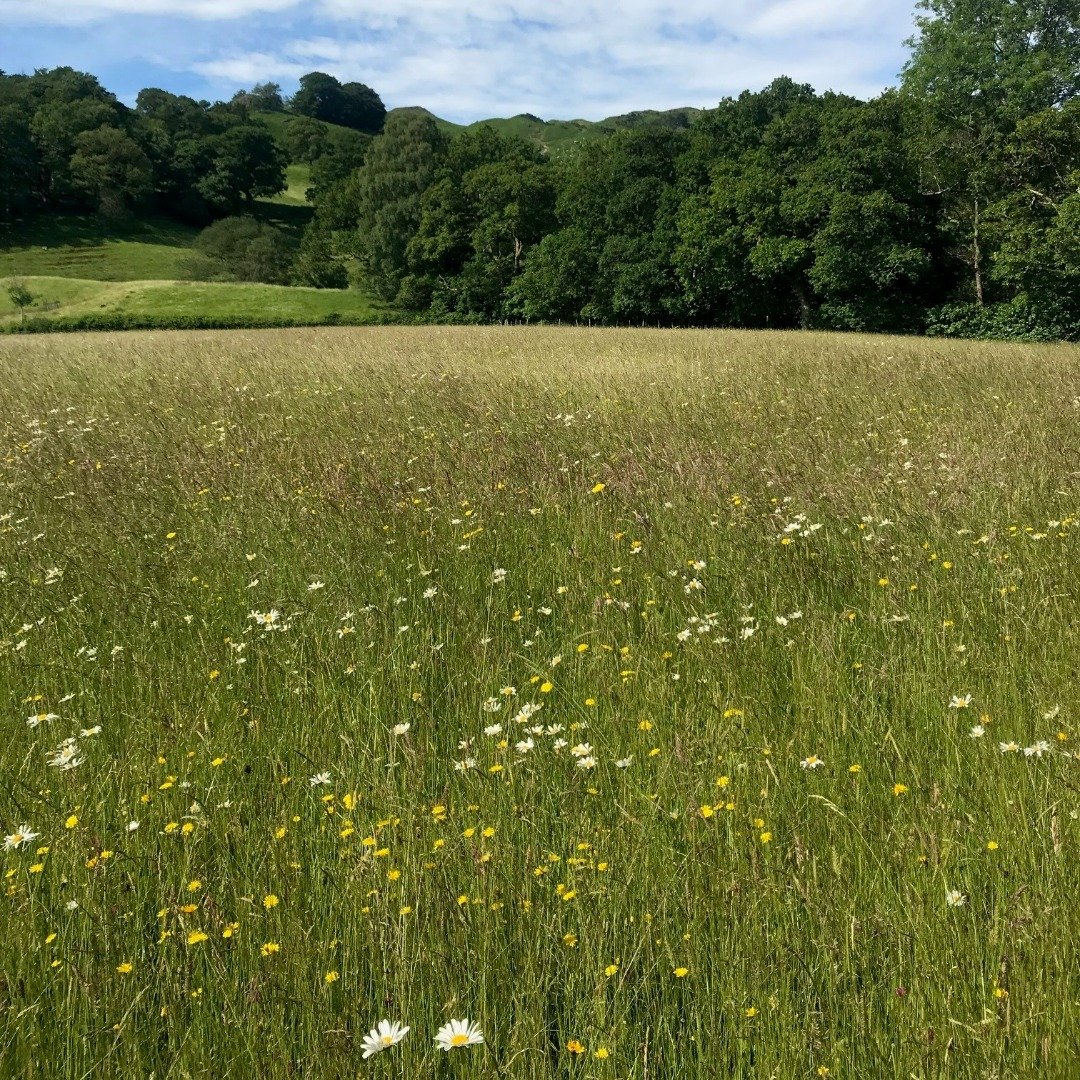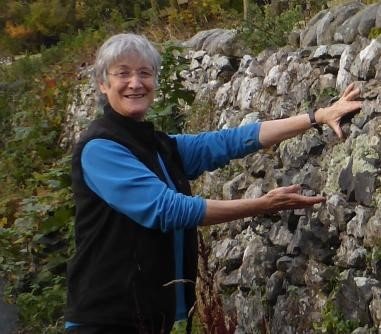It is useful to be able to identify grasses - for botanical surveys, for monitoring grassland, for understanding agriculture and ecosystems, and for enjoying their beauty. Grass identification can be challenging: coming on a beginners day course is an excellent way to start.
This lively, one day course with Dr Judith Allinson is suitable for anyone who would like to start learning how to identify grasses, whether a student, an amateur naturalist, a farmer, a scientist, a botanical or agricultural surveyor, a gardener. Participants will see lots of examples of the grasses growing in slightly different habitats.
Location: Yorkshire Arboretum Tree Health Centre
Tutors: Dr Judith Allinson Fee: £130
Level: No prior knowledge required
Includes buffet lunch
Please book your place below:
About the Course
Aim
For participants to recognise common species of neutral grassland and a few in woodland, concentrating on those that come into flower early. Participants will learn the vocabulary to describe both vegetative and flowering features of grasses, and thus be able to start using grass keys.
Objectives
To learn to recognise c. 10 common species of grasses that you can probably find at home too.
To see a variety of other grasses and have distinctive features pointed out.
To be introduced to and learn and use the vocabulary needed to describe vegetative features, and grass flowers.
To be introduced to some of the books helpful for identifying grasses.
The above will be achieved by means of teaching in the classroom, followed by a walk to look for grasses in the grounds of the Yorkshire Arboretum. If there is time we will use a grass key. We will concentrate on grasses in neutral grassland.
Outcomes
By the end of the course, participants will:
Have a small collection of grasses to take home, including vegetative and flowering specimens. These can be in the form of pressed plants, or grasses stuck onto a sheet with sticky back plastic (or both).
Have gained confidence in recognising these plants.
Have been introduced to and learnt the vocabulary needed to describe special features of grasses.
Have been introduced to some of the books helpful for identifying grasses.
Useful Accessories / Notes
Hand lenses will be available for participants to borrow who do not have a hand lens of their own. If they have them, participants are invited to bring hand lenses and fine tweezers.
Waterproof clothing and strong footwear are recommended. It is not anticipated that we will be walking very far.
Notebook, pen, plastic bags can be useful.
Note this is an introductory course. It is hoped to run further courses involving more practice in use of keys, finding more species, and looking at vegetative features.
About the Tutor
Judith (or Dr Judith Allinson) started work as a field biology/botany tutor at Malham Tarn Field Centre. Since then she has worked carrying out botanical surveys for Natural England (and its predecessors) and other organisations, and spent some time school teaching. She has run “Grasses” and “Grasses and Sedges” courses at many Field Studies Council Centres and elsewhere, specialising in identifying grasses using vegetative features. She co-authored the AIDGAP guide: “British grasses: a punched card key to grasses in the vegetative state.” by Pankhurst and Allinson. She is a past president of the Yorkshire Naturalists’ Union.
Contact
For further information about the course please contact the team by email administration@treehealthcentre.org or phone 01653 648598







